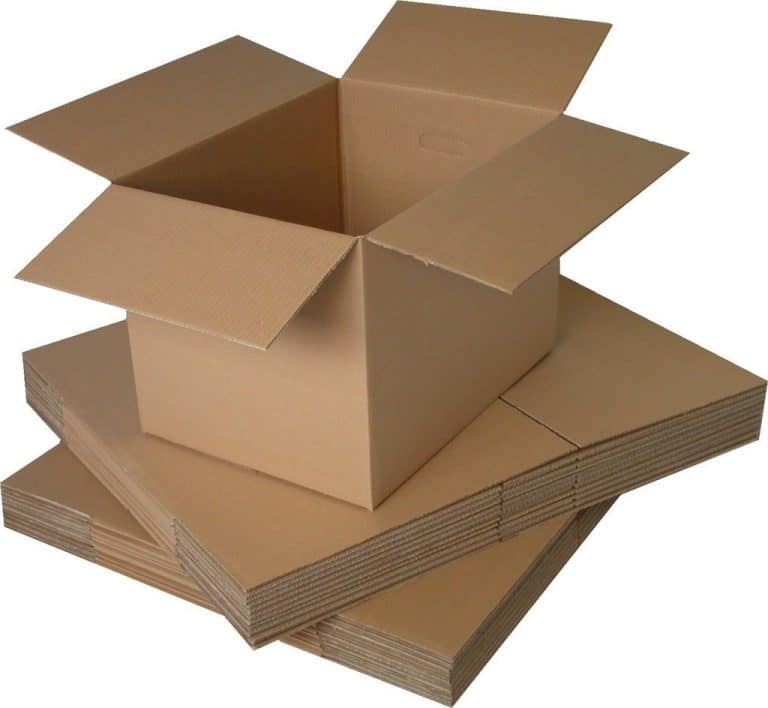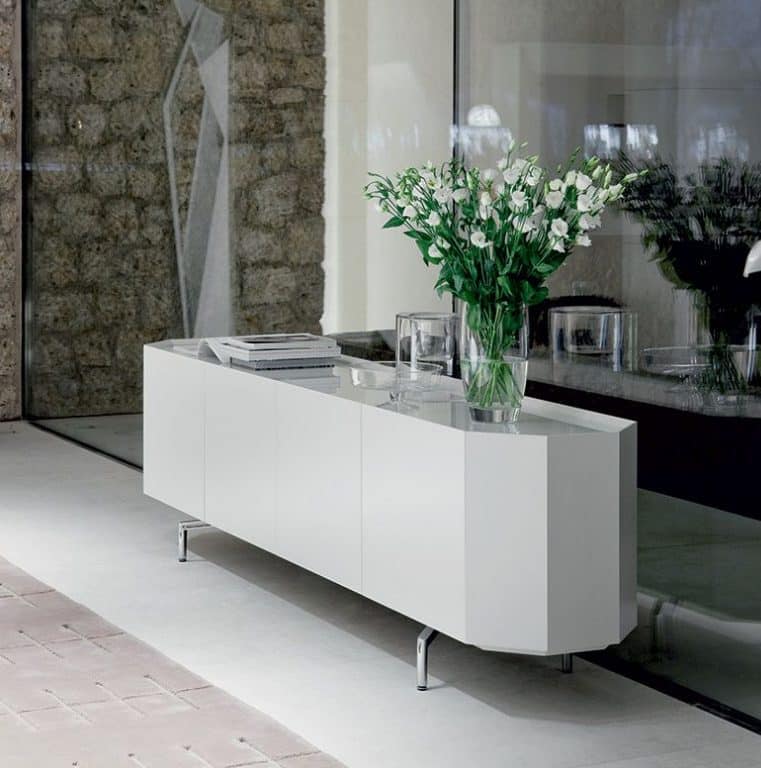Are you ever worried about that precious package you’re sending arriving in pieces? Fear not, shipping heroes! Choosing the correct corrugated box is your secret weapon for ensuring your items reach their destination safely and soundly. But with all those box options, how do you pick the perfect one? Don’t worry; this guide will equip you with the knowledge to ship like a pro!
Why Corrugated Boxes Rule the Shipping World
Before diving in, let’s celebrate the awesomeness of corrugated boxes. They’re not just cardboard; they’re champions of:
- Protection: That wavy middle layer acts like a superhero’s shield, absorbing bumps and shocks during travel. Your fragile items can rest easy!
- Lightweight Champs: Compared to heavier materials like wood, corrugated cardboard is a featherweight. This translates to significant savings on shipping costs, especially for large quantities.
- Size Doesn’t Matter (Much): From tiny trinkets to giant teddy bears, there’s a corrugated box perfectly sized for anything you need to ship.
- The Power of Customization: Want your box to stand out? No problem! You can add your logo, a fun message, or even pictures, making your package an extension of your brand.
- Eco-Friendly Hero: Made from recycled paper and easily recyclable, corrugated cardboard is a champion for the environment. Plus, being lightweight means less fuel is used for shipping, reducing your carbon footprint.
- Easy on the Wallet: Affordable and readily available, corrugated boxes are a budget-friendly choice for businesses of all sizes.
Finding Your Perfect Match: Key Factors to Consider
Now that you know why corrugated boxes are fantastic, let’s find the perfect one for your next shipment. Here are the key things to think about:
- Size Matters: This might seem obvious, but it’s crucial! Measure your item’s length, width, and height. Add a little wiggle room for packing materials like bubble wrap or peanuts. You want your item snug but not squished. Remember, boxes are always measured in length, width, and height (L x W x H).
- Weighty Business: Don’t overload your box! Check the weight capacity of the box you choose. Different boxes have different strengths, so make sure they can handle the weight of your item when it’s all packed up.
- Strength in Numbers: Not all corrugated boxes are created equal. The strength depends on the number of layers of cardboard used. Single-wall boxes are suitable for lighter items, while double-wall boxes offer extra protection for heavier or more delicate items.
Box Talk: Decoding the Lingo
When browsing for boxes, you might come across confusing terms. Here’s a quick decoder ring:
- Flute: That wavy middle layer we mentioned earlier? That’s the flute. Different flutes have different thicknesses, affecting the box’s strength. A “C” flute is thicker and sturdier than an “E” flute.
- Board Grade: This refers to the thickness of the cardboard itself. Higher board grades are thicker and more robust.
Beyond the Basics: Special Features for Special Needs
Some corrugated boxes offer additional features to tackle specific shipping challenges:
- Waterproofing: Need to protect your items from moisture? Look for boxes with a water-resistant coating.
- Anti-Static: Shipping electronics? Boxes with anti-static properties can help prevent damage from static electricity.
- Temperature Control: Special insulated boxes can help maintain the desired temperature during transport for temperature-sensitive items.
Pro Tips for Packing Like a Pro
Now that you’ve got the perfect box, here are some bonus tips to ensure your items arrive safely:
- Use the Right Cushioning: Fill any space in the box with packing peanuts, bubble wrap, or crumpled paper. This helps prevent your item from shifting around during transport.
- Seal it Tight! Use strong packing tape to seal the box securely. Take your time here!
- Label Clearly: Clear and accurate labels are essential. Include the recipient’s address, your return address, and any special handling instructions.
Beyond the Standard Box: Specialty Options for Unique Needs
The world of corrugated boxes goes beyond the standard square or rectangular shape. Here are some specialty options to consider:
- Die-Cut Boxes: These boxes are custom-cut to the exact shape of your product, offering a secure and snug fit. They’re perfect for fragile items or products with unique shapes.
- Mailers: Do you need to ship lightweight items like documents or catalogues? Rigid mailers made from corrugated cardboard offer a sturdy and professional option.
- Tubes: Cylindrical cardboard tubes provide excellent protection during transport for posters, blueprints, or other long, slender items.
- Folding Cartons: These versatile boxes are flat-packed and easily assembled. They’re a space-saving solution for businesses that need boxes on demand.
Unveiling the Mystery: Understanding Box Specifications
When browsing for corrugated boxes, you might encounter a code like “RSC-32ECT-B Flute.” Don’t worry, it’s not a secret message! Here’s how to decipher it:
- RSC: This stands for Regular Slotted Container, the most common corrugated box style with six panels.
- 32ECT: This refers to the Edge Crush Test (ECT) rating, which indicates the box’s stacking strength. A higher ECT rating means the box can withstand more weight stacked on top of it.
- B Flute: This tells you the type of flute used in the box. As mentioned earlier, the B flute is thicker and stronger than the E flute.
Choosing the Right Tape for the Job
Sealing your box correctly is crucial! Here are some tape options to consider:
- Pressure-Sensitive Tape (PST): This is the most common type of packing tape, available in various strengths. Look for a robust and pressure-sensitive tape specifically designed for sealing boxes.
- Water-Activated Tape (WAT): When activated with water, this tape forms a permanent seal, ideal for high-security shipments or items that may encounter moisture.
- Filament Tape: This intense, reinforced tape is excellent for heavy-duty boxes or packages that need extra reinforcement.
The Importance of Internal Dunnage
Internal dunnage refers to the materials you use to fill empty spaces within the box and prevent your item from shifting around during transport. Here are some popular options:
- Packing Peanuts: These lightweight, void-filling peanuts are a classic choice. They’re readily available and affordable.
- Bubble Wrap: This versatile cushioning material offers excellent protection for fragile items. Choose the bubble size based on the item’s delicacy.
- Air Pillows: These inflatable pouches are a space-saving alternative to packing peanuts. They’re also eco-friendly as they can be deflated and reused.
- Foam Padding: Custom-cut foam inserts provide the ultimate protection for highly fragile items.
Embrace the Power of Corrugated!
With the knowledge you’ve gained and the support of The Packaging Company, you’re ready to navigate the world of corrugated boxes like a pro. So next time you need to ship something, remember the power of corrugated cardboard—the strong, versatile, and eco-friendly champion of the shipping world.
Contact The Packaging Company today and let us help you choose the perfect box for your next shipment!









